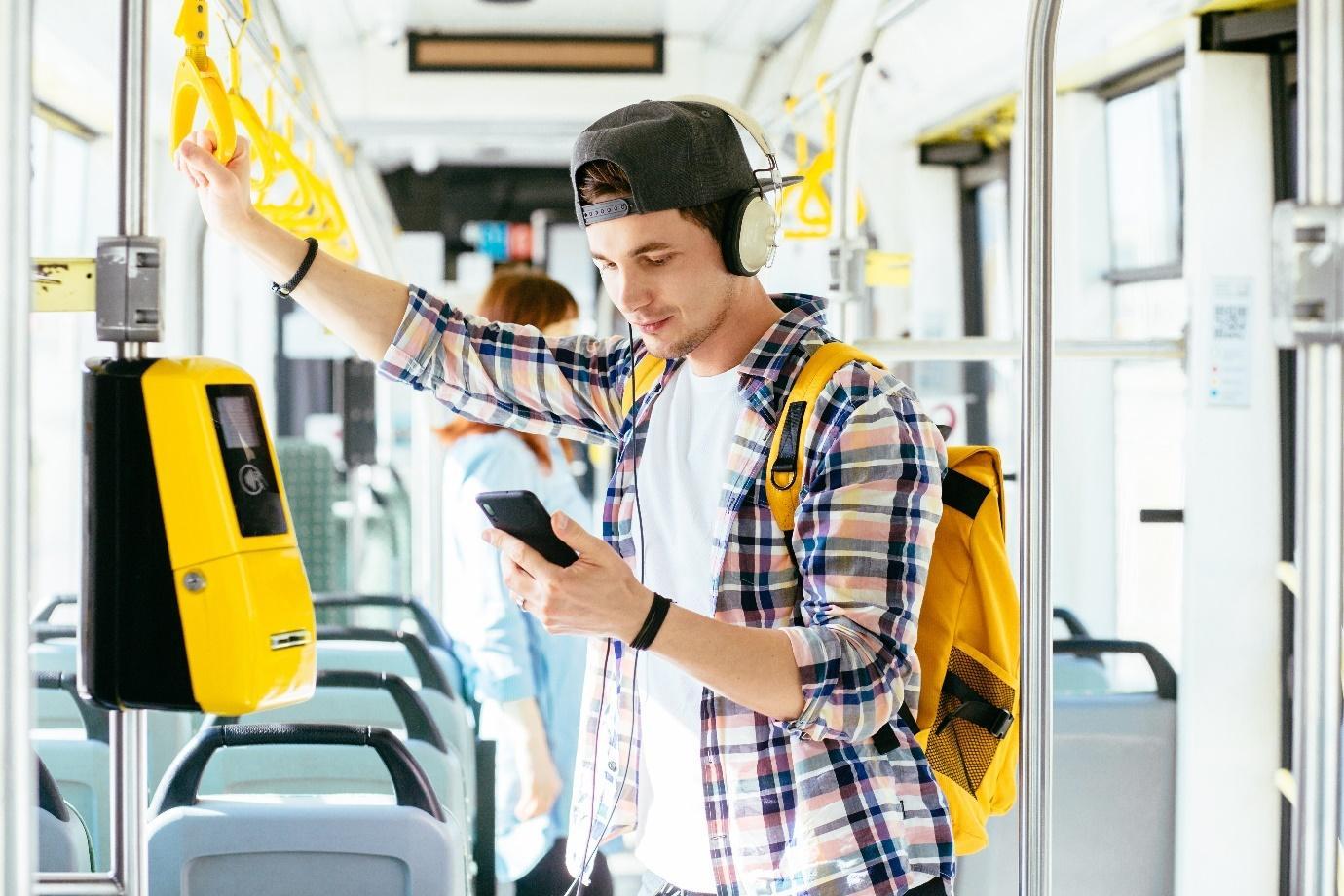If you’re looking to bring increased success to your transit agency, then there’s one key component you need to include – intelligent transportation systems.
Whether you’re already familiar with these systems, or this is the first time you’ve heard of them, this article will give you an in-depth understanding of how they work and why they’re the key to success when it comes to your transit agency.
Read on to learn more.
How do intelligent transportation systems work?
An intelligent transport system is an advanced solution that can improve several aspects of your transport operations. When referring to intelligent transportation systems (ITS), this is the combination of several systems that create more efficient and insightful management of your transit agency as a whole.
These systems can improve the management of your vehicles and services, riders’ journeys, and driver communications.
For instance, ITS can include real-time vehicle monitoring, which allows you to track the exact locations of every vehicle in your network. On top of that, the systems can provide further insight to predict the arrival times of each vehicle.
Another aspect of ITS is the ability to provide real-time passenger information. This allows your riders to see accurate information on when each vehicle will be arriving. Should these times be altered by factors like delays or rerouting, the information will be automatically updated in real-time.
These are just a few examples of how ITS work within your transit agency, to provide predictions, analysis, and suggestions through insightful data.
How can ITS unlock more success for your transit agency?
There are many ways that ITS can increase the success of your transit agency, including, but not limited to:
- Meeting rider demand and capacity
With real-time vehicle monitoring, you can effectively meet demand, and ensure you have the right services running to meet capacity.
For instance, you can discover new routes for your vehicles which help each driver reach their destination in the most efficient time.
This is most important when you have a large demand, since riders can complete their journeys faster, and there can be a more efficient flow of passengers being driven by your network.
- More effective route management
ITS can also help you manage your routes and schedules and create smoother journeys.
By tracking vehicle locations, you can identify any problems such as delays or late running services.
ITS can help monitor these factors and even predict problems which may arise, so the journeys remain as smooth and uninterrupted as possible.
- Increased rider satisfaction and loyalty
Another way ITS can increase success in your transport operations is by improving rider satisfaction and loyalty.
Real-time passenger information displays can give riders a reliable way of planning their journeys, so they’re kept informed of when and where the vehicles will be arriving.
Not only does this make their journeys hassle-free and easy, but it also builds their trust in your services, thus making them more likely to travel with you in the future.
With the key to success implemented in your transit agency, you’ll have everything you need to take your transportation operations to the next level.











